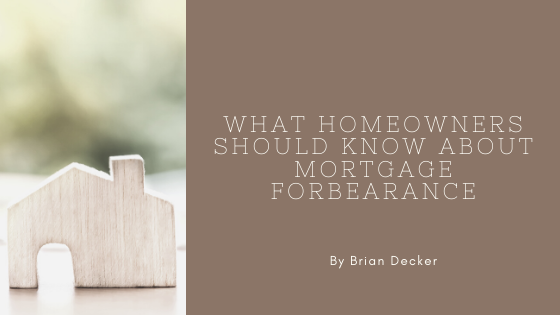Over the course of the last three months, approximately 41 million Americans filed for unemployment. For those who rent, many were offered the chance to postpone monthly rent payments. However, homeowners who lost their jobs faced the reality of possibly losing their home through foreclosure.
While many mortgage lenders have offered a helping hand to prevent this from happening, it’s still the homeowner’s responsibility to protect their investment. One way to prevent homes from going into foreclosure is forbearance.
What is Mortgage Forbearance?
Mortgage forbearance is a contractual agreement between a homeowner and their mortgage lender. It allows homeowners who have run into financial trouble the option to defer or alter the terms of the home loan. This can include delaying a set amount of payments for a set amount of time or lowering the monthly payment while extending the term of the loan.
Under the CARES Act, homeowners can request a 180-day forbearance period on their mortgage. They can also request one extension for an additional 180 days. Take note that after the initial forbearance and extension end, all money will be due. In addition, late payments will not be reported to the credit bureaus. However, once the 180 days lapses, credit reporting will resume.
This forbearance period gives homeowners a chance to regroup during a financial hardship. However, be aware that forbearance is not a long-term solution for homeowners who have no way to reinstate their mortgage and pay on time.
Forbearance programs are specifically designed to help homeowners who have fallen on hard times due to job loss or medical conditions. Homeowners who have a variable rate may not qualify for forbearance, so it’s important to speak with the mortgage company to weigh all their options.
It’s also important to note the differences between forbearance and loan modification. As previously stated, forbearance serves as a short-term solution for homeowners who know their financial situation will improve.
Loan modification means that, together with their lender, homeowners actually alter the original loan terms to make monthly payments more affordable. This is a lengthy process, similar to what happens when someone applies for their initial home loan.
The process of loan modification includes submitting bank statements, a letter explaining the reason why the homeowner is requesting modification or forbearance, and tax returns. Proof of income, or lack of thereof, is also required.
Pros and Cons
Being approved for a forbearance plan can help homeowners get back on their feet. However, it’s not without risk. Forbearance gives homeowners a chance to rework their finances, find a new job or even decide if they are able to keep their home, all without impacting their credit.
However, there can be negative consequences of mortgage forbearance plans. In addition to owing all the money at once, interest continues to accrue on the unpaid portion of the loan. And if homeowners can’t resume monthly mortgage payments, they can’t ask for forbearance again.
Key Takeaways
Regardless of why homeowners fall behind on their mortgage, they need to be proactive. Contact the mortgage company immediately to discuss possible options. Also, make sure that if approved for a forbearance plan, that resuming monthly payments won’t be an issue.
While having to sell can feel like the end of the world, losing a home to foreclosure is worse. If all else fails and the home can’t be saved, consider selling the property and moving somewhere else.

